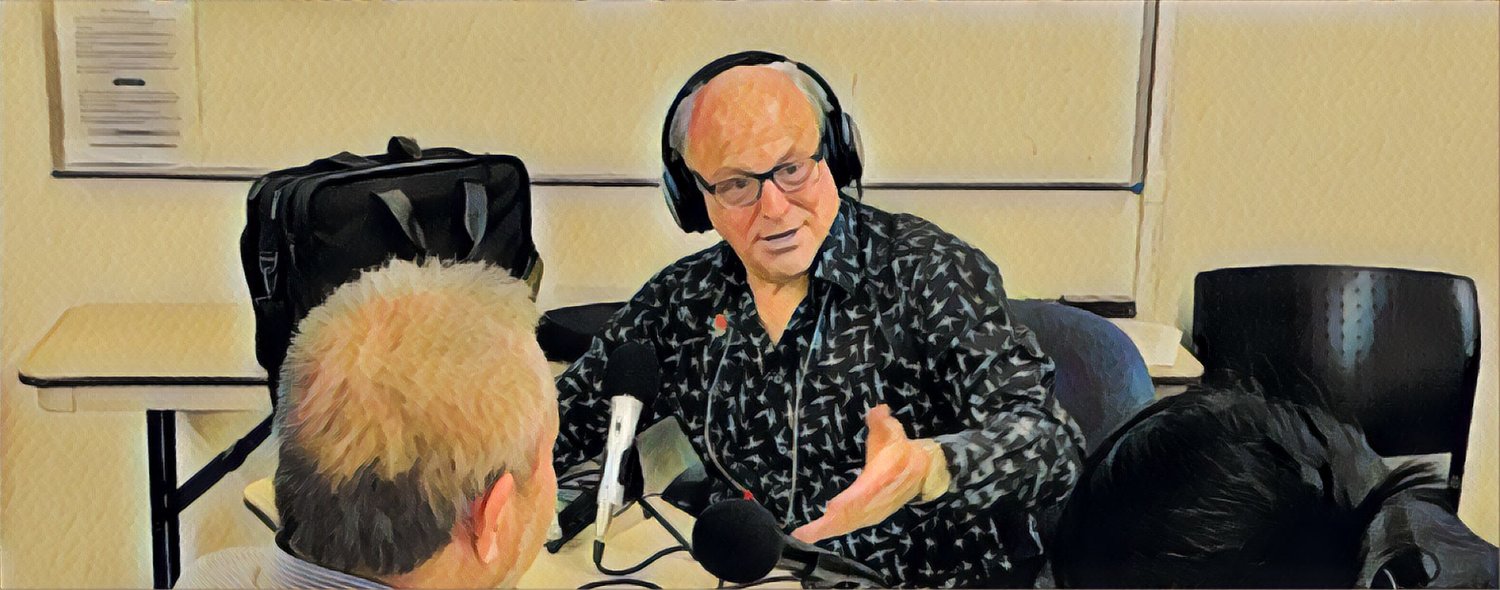I recently taught a course at PSU entitled Creating Success: Relationship with Middle School Students. The course included a presentation by Josette on the interpersonal neurobiology of brain development. Relationship is the basis of all successful learning and many of the seemingly obstinate problems associated with middle school students are dissolved when relationships with one another and with school personnel meet their developmental needs. This promotes trust. Trust is the medium for well-being. People living in well-being want to learn and so learn well.
We wondered if neurobiology combined with work in Natural Learning Relationships would have the strength to move education professionals from an achievement-only approach to a relationship approach.
Students had to write a paper or create a project as part of the class. Here are some quotes from their work:
From a guidance counselor who now sees the importance of including families:
Middle Schoolers have a growing need for understanding their relationship to their world through family, mentors, trusted friends and self. Caring adults staying connected with their 9 to 12 year old in a meaningful way through this exciting developmental stage is vital to the child’s development and to the child’s … well-being.
From a guidance counselor who found what so many who understand Natural Learning Relationships discover—her knowledge base was confirmed and deepened and new options appeared in dealing with students:
It goes without saying that after five years of working as a middle school counselor, I have learned a thing or two about 11 to 13 year olds. I always knew that students at this stage in their life were unique and challenging, and those working in the field needed a sense of humor and sense of adventure for the … emotional roller coaster middle schoolers take us on. Consequently, my understanding for this age group is not a result of any graduate counseling program. … this … has offered me the scientific language that explains the complex developmental nature of middle school students along with a kid centered perspective to their growth and development. I have walked away with a deeper understanding and renewed excitement to begin applying the fundamentals… with the students and families I work with.
By a teacher for use in the classroom:
The language and research behind Natural Learning Relationships help educators put into words what many observant teachers, counselors, and administrators have thought for years: A child’s capacities are innate, and development depends on relationship. For classroom teachers, NLR gives the discussion of middle school development a familiar language, as well as provides age-appropriate ideas for relationship-based, community building activities to use in the middle school classroom. As I plan my school year as a 7th grade Language Arts and Social Studies teacher, I come to the table armed with research-based knowledge of the “FeelingBeing” child, ages 8 ½ - 12 ½.
From a teacher/guidance counselor at a small private school on aligning the faculty with the relationship approach:
[After reading some NLR material]… We talked about the range of relationships students experience with their teachers from strong educator to mentor to friend, as they age. … One dynamic we keep a close eye on is the students who struggle to find connection to both their classmates and teachers.
From a teacher of early teens:
Most of the students I work with are either transitioning into the IdealBeing Stage or are in the IdealBeing Stage. One of the points that stood out to me… was the importance of connecting with students at their level of development. For example, each stage has organizing principles. …Understanding the principles and supporting students in their quest for self-actualization would lead to more meaning, supportive, and loyal relationships. The organizing principles for IdealBeing are freedom, responsibility, and self-governance. One strategy that is helpful with this age group is involving them in the decision-making process or solution.
